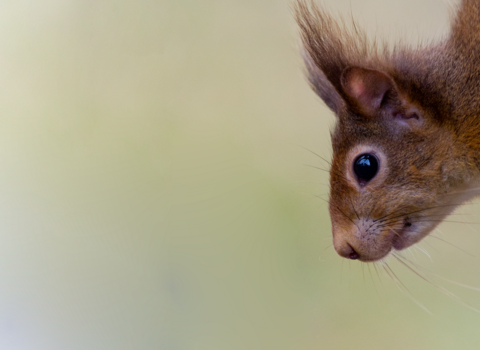
Sheep's bit by Alan Price

©Tico
Sheep's-bit
With its fluffy-looking, light blue flower heads, sheep's-bit is a pretty plant of dry grassland, heaths and clifftops. Sometimes carpeting an area, it is popular with nectar-loving insects.
Scientific name
Jasione montanaWhen to see
May to SeptemberSpecies information
Category
Statistics
Height: up to 50cmConservation status
Common.
About
The rounded, blue flower heads of sheep's-bit (also called 'sheep's-bit scabious') can be found in dry, grassy places, such as heathland, grassland and clifftops. Most common near the sea, it can often be seen growing in large numbers, carpeting the ground from May to September. It is also a popular garden plant, especially for areas like rockeries, wild gardens and even old sinks - anywhere there is sandy, free-draining soil and plenty of sun.How to identify
The flower heads of sheep's-bit are reminiscent of those of Devil's-bit scabious, but are far more rounded in shape and a lighter blue colour. A rosette of wavy-edged, hairy leaves can be seen at the base of the short stems.Distribution
Found throughout the UK, but particularly common in Wales.Did you know?
Like many of our wildflowers, sheep's-bit is highly visible under ultraviolet (UV) light, making it attractive to pollinating insects that can see a different spectrum of light to us. The patterns and colours they see on the petals guide them to the nectar and pollen.The Wildlife Trusts manage many grassland and coastal habitats sympathetically for the benefit of all kinds of wildlife. Careful grazing with traditional breeds, hay-cutting at the right time and scrub clearance are just some of the ways these habitats are kept in good condition.




